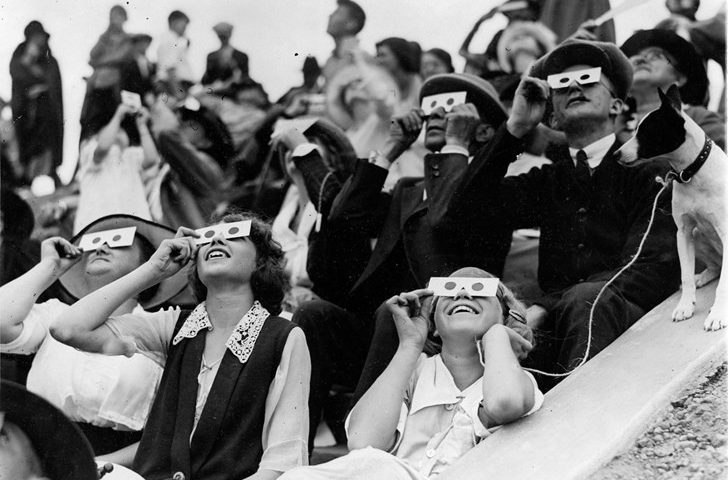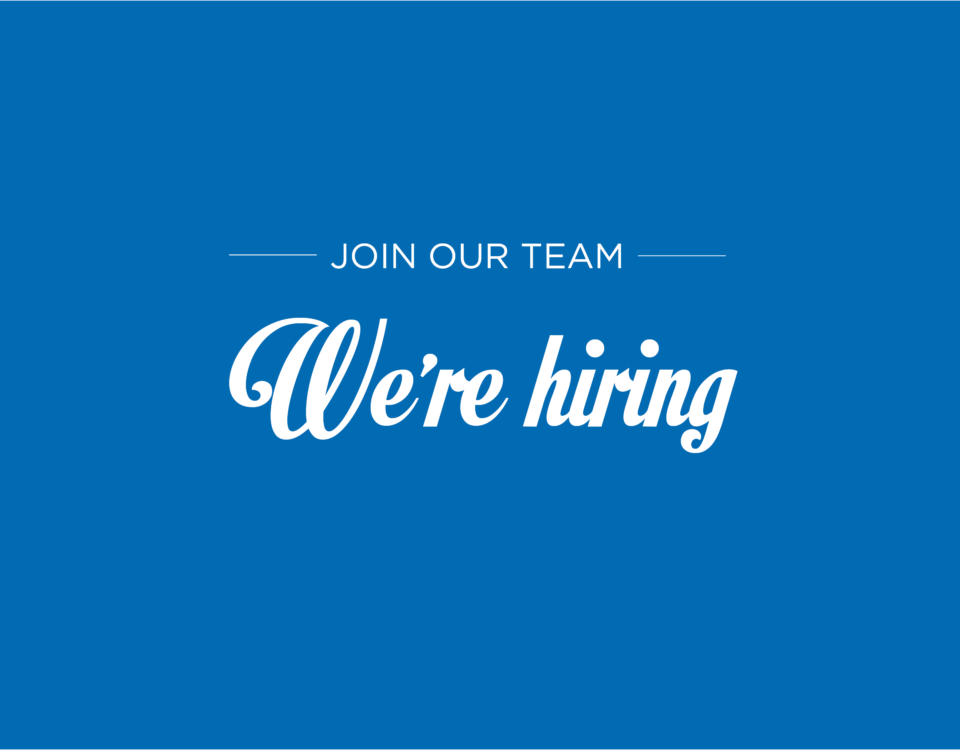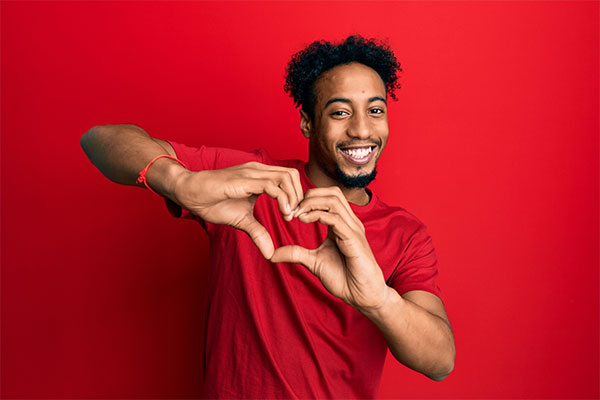“ECLIPSE NECK” and how to avoid it

Bladder Control Workshop
August 25, 2016
The McKenzie Method of Mechanical Diagnosis and Therapy (MDT)
February 12, 2018Eclipse frenzy has hit our area hard since we are on the 2017 path and close to the totality zone. Eye safety has been discussed at length due to the potential harm of viewing the eclipse without approved protection. So, rule number one, get your approved glasses before observing this once in a lifetime event. As a physical therapist I’m concerned about the toll looking skyward will have on your neck. I imagine we’ll see a flood of neck pain clients in the clinic days following the eclipse. I’m naming the dysfunction “Eclipse Neck”. Like “Text neck” – neck pain and damage from looking down at your phone or tablet for extended periods of time, Eclipse Neck will be categorized as the same phenomenon but a result of looking up.
The projected time from start to finish of the solar eclipse will be about three hours. Your head weighs 10-11 pounds. Your neck muscles are not designed to hold your head tipped backward for sustained periods. Looking down has more muscular and structural support than looking up. Many of us have had neck injuries from accidents or sports that have led to changes in our joints and ligaments resulting in less tolerance for non-neutral head positions. The angle you’ll need to view the eclipse will be determined by where you live. In Salem, Oregon the eclipse viewing will begin at 9:00 am with totality at 10:15 am which is relatively neutral to the neck, just above the horizon. In Knoxville, Tennessee our view will be higher in the sky starting at 1:00 pm with totality at 2:30 pm, requiring extension of the neck and more likely to create pain and muscle fatigue.
Here are some suggestions to avoid Eclipse Neck:
- Support your head and neck by reclining in a chair which allows you to rest your head.
- If you plan to lie on the ground add a pillow to prop your head at the angle for viewing.
- Lie on the hood of your car and use the windshield to recline.
- Take frequent breaks and stretch the muscles in the back of your neck by resting your chin to your chest.
- Do a test run and see how your neck feels for just a few minutes in the position you’ll be viewing skyward.
If your soreness lasts more than 48 hours after eclipse viewing, or if you are having trouble moving your neck, see your physical therapist.




